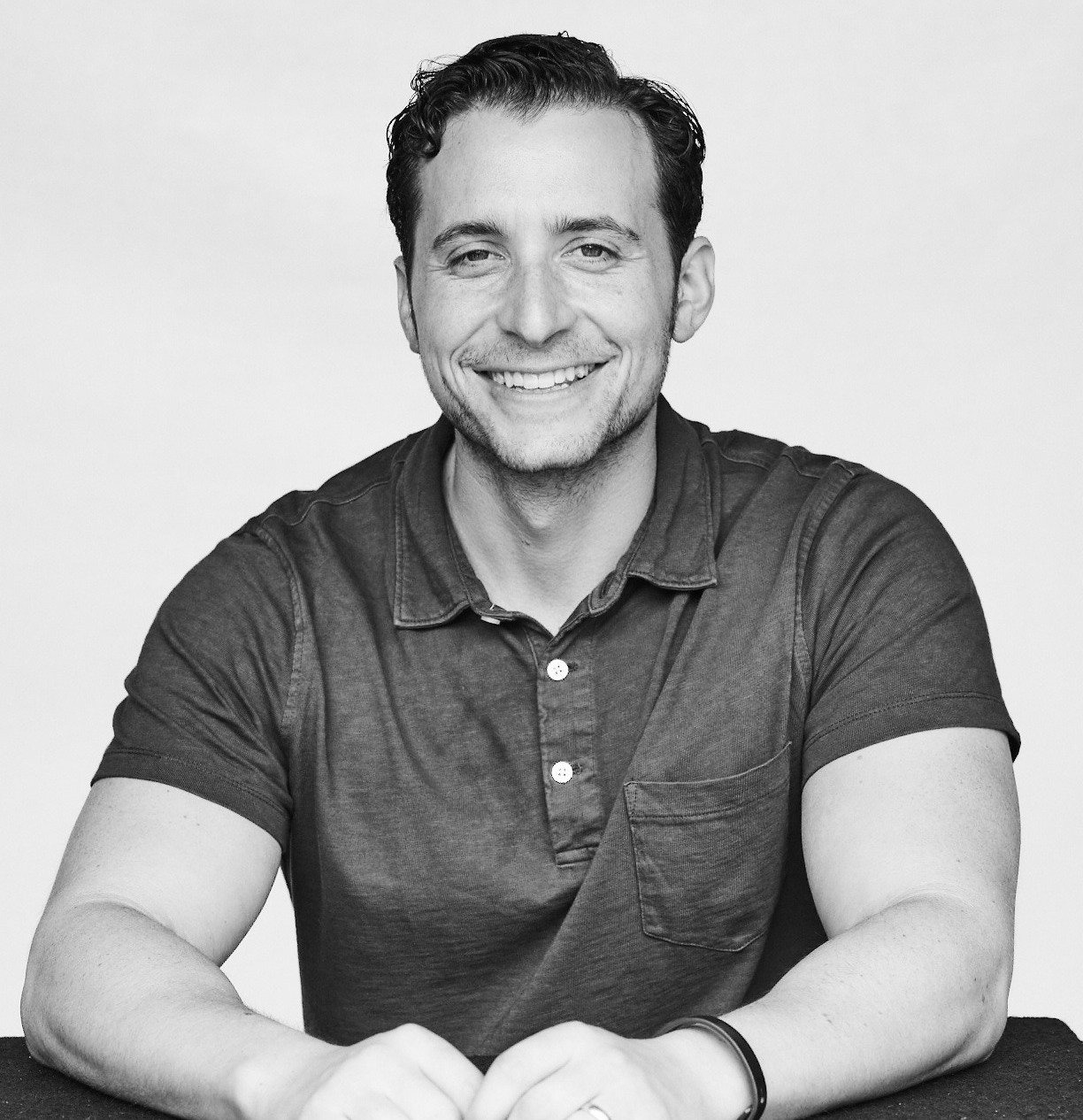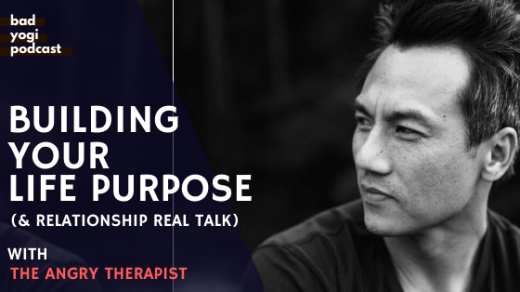You might think your inability to stick with a plan comes down to a lack of motivation, or maybe even a fundamental lack of willpower.
But, willpower isn’t what is holding you back. After years of coaching people as a personal trainer, I’ve discovered that most people struggle to maintain their momentum because they ignore one simple rule.
It’s called The Goldilocks Rule.

It’s a riff off the old tale of Goldilocks and The Three Bears. And, while it might seem ridiculous, finding what’s just right for you is the secret to better health.
The Goldilocks Rule states that we experience peak motivation when working on tasks that provide the right level of resistance, challenge, and complication.
In other words: if you take on new tasks that are too easy or too hard, that’s when motivation, focus, and consistency fall apart.
Let’s say you haven’t exercised in years and want to get back into the gym this year. You’re motivated and excited. Nothing can stop you. So, you decide to try a 5-day, bodybuilder-style workout program designed for 12 weeks. On paper, it looks amazing. The weekly volume and total volume is enough to transform anyone. It has all the best exercises and it’s backed by all the latest exercise science research.
Here’s the issue: If you’re going from zero workouts to 5 days per week, the likelihood of success is low. It’s too big of a jump on every level. From the discipline to go 5 days a week, to the total amount of work (and stress) you’ll put on your body, it’s not practical or realistic.
Remember, with Goldilocks and the Three Bears, the focus was on finding a good fit. Picking the right program is the same. When you take on too much too soon, it’s easy to predict when you’ll miss a day or two. The missed days could frustrate you to quit the plan prematurely. Or, the dramatic jump from no workouts to lots of weekly volume increases the likelihood of injury, which can lessen your confidence.
And, that’s before we consider the squeeze this puts on your calendar. Let’s assume each workout is 60 minutes long. The move from 0 minutes of exercise to 300 minutes of exercise per week is ambitious and monumental.

You’re told you need to train a certain way to see changes. In reality, small jumps will still deliver changes, and — as you improve — you increase what you do. It’s cliche to tell people to enjoy the journey, but there’s a very real lesson in that wisdom. If you expect too much too soon, then you’ll rarely see the results you want.
How to Pick A Better Path
When motivation is high, you want to believe you can do anything (and you can). However, achieving your goals means creating a path that makes it more likely for you to succeed, not just diving head-first into a plan without considering your starting point.
When you don’t consider the path, the results usually don’t follow.
Here’s what typically happens: You might hit all of your sessions during the first week (or two) while motivation is high (assuming the soreness doesn’t crush you), but once reality catches up with you, that’s when consistency and willpower begin to fade and you lose momentum and drive.
You know what’s too common with “great” fitness programs? Overuse injury.
You know what’s frustrating with many workouts? Unrealistic timelines and expectations.
You know what’s not needed to see results? Living in the gym or slaving over every meal.
Time and time again, the best results come from small changes that you can repeat over-and-over again with as little stress as possible.
If you’re trying to get back into the game — and win — consistency is your competitive advantage. Even if your start might seem slow, it’s not.
To chart a better path, create a baseline of where you’re starting and where you want to finish. The baseline can include things like your fitness level, how many times you workout per week, and which meals are easy (and hard).
You don’t need a personal trainer to tell you what will work within your schedule. You know what’s doable to start. You need to create some friction and change, but it can’t be disruptive. In fact, the best personal trainers know that helping you change is less about exercise science and more about creating a plan that works for your life.
Here’s a pro tip that’s worth remembering any time you’re struggling: It’s important to differentiate and figure out what’s “just enough” rather than what’s ideal. “Just enough” meets you where you’re at and is doable. And when something is doable, you do it repeatedly, confidence grows, habits form, behaviors change, and you get better.
To make sure this year is different, let your action develop into results. Find a plan that sounds challenging but also that you’re 95% confident you can do without a doubt for the next 4 to 6 months.
Illustration: The Almanack Of Naval Ravikant: A Guide to Wealth and Happiness

Better to achieve mastery and progress than to struggle, fail, and have to pick yourself up from ground zero. And if you’re crushing the plan, you can always increase the difficulty later.
This approach will help you accomplish small wins early and often, so you can keep pushing forward with confidence for the upcoming year.

Adam Bornstein is a New York Times bestselling author and, according to The Huffington Post, “one of the most inspiring sources in all of health and fitness.” An award-winning writer and editor, Bornstein was the Fitness and Nutrition editor for Men’s Health, Editorial Director at LIVESTRONG.com, and a columnist for SHAPE, Men’s Fitness, and Muscle & Fitness. He’s also a nutrition and fitness advisor for LeBron James, Cindy Crawford, Lindsey Vonn, and Arnold Schwarzenegger. His work has been featured in dozens of publications, including The New York Times, Fast Company, ESPN, and GQ, and he’s appeared on Good Morning America, The Today Show, E! News, and The Cheddar.


